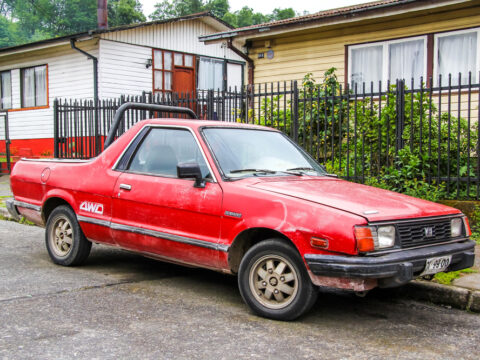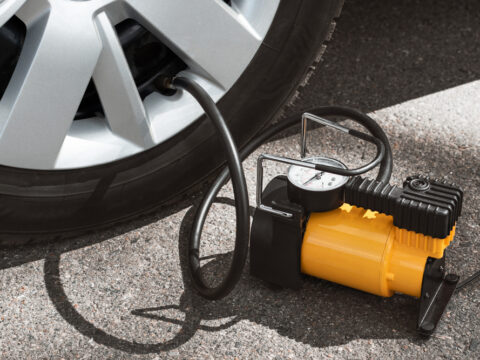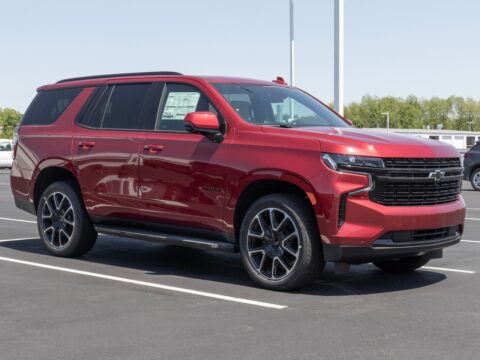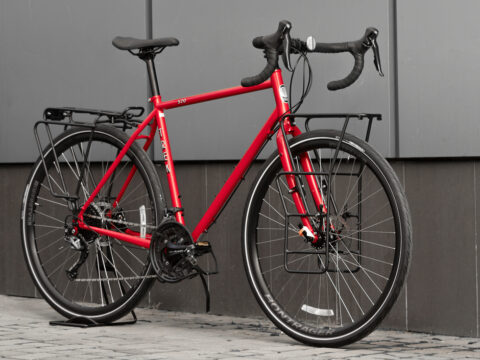Public transit is a lifeline for cities, but not every vehicle proves reliable. Some were plagued by constant breakdowns, design flaws, or unexpected costs, making them notorious failures. These 14 public transit vehicles turned out to be major disappointments, despite high hopes. Their stories reveal how even well-intended projects can fall apart.
Contents
MBTA’s Breda Type 8 Green Line Trolley (Boston)
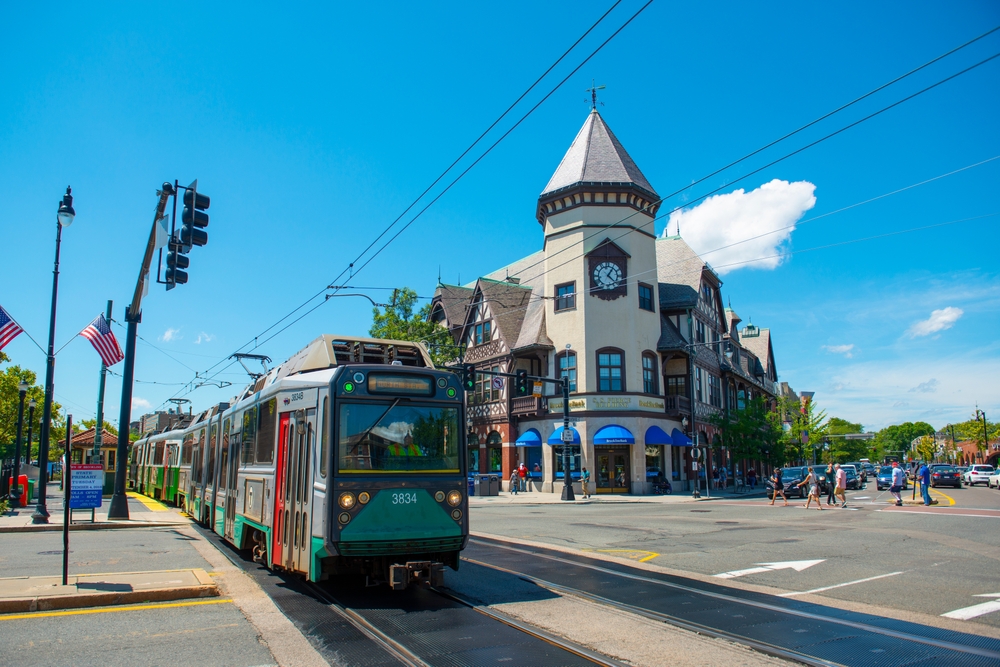
The MBTA’s Breda Type 8 trolleys arrived late and brought with them a host of issues. Mechanical failures and derailments plagued the fleet, causing massive delays for commuters. Despite attempts to modify the cars, they never met performance expectations. Riders grew frustrated, as maintenance costs soared, making these trolleys one of Boston’s most expensive transit failures.
APT-E (Advanced Passenger Train Experimental) (UK)
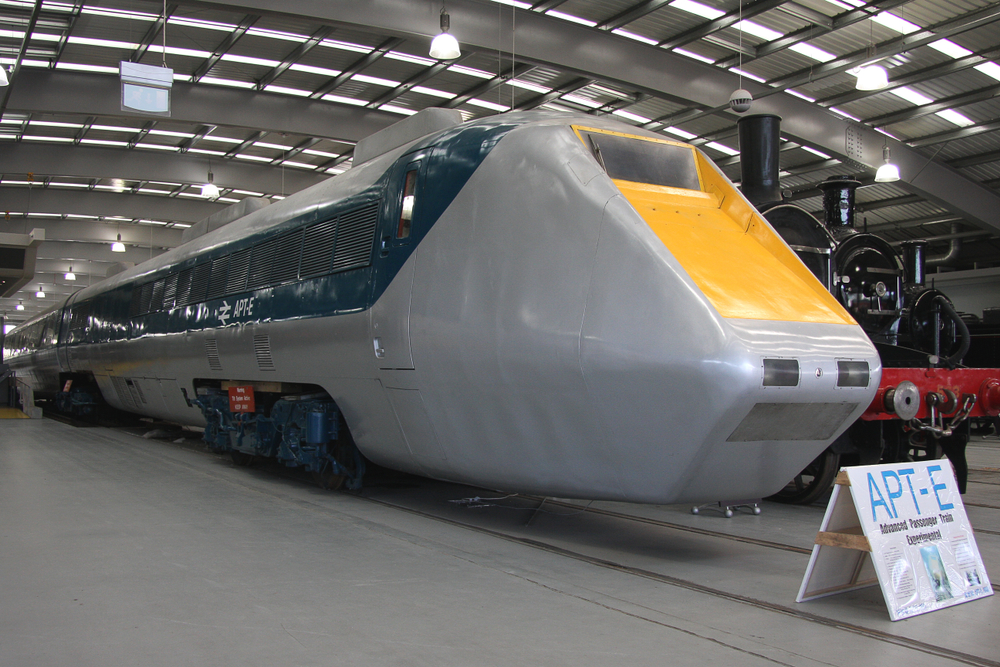
The APT-E was designed to be the UK’s answer to high-speed rail, but its tilt mechanism caused widespread motion sickness among passengers. Despite its technical innovations, the train faced repeated breakdowns and overheating. As a result, the APT-E was shelved, failing to achieve its ambitious goals. Its short-lived service is remembered as a costly experiment in rail transport.
New York City’s R44 Subway Cars

When the R44 subway cars were introduced in New York City, they were expected to modernize the system. However, they quickly developed serious structural issues, including corrosion and faulty brakes. The cars had to be retired far earlier than anticipated, cutting their expected lifespan nearly in half. Their failure was a major financial setback for the city’s transit system.
Sydney Monorail (Australia)
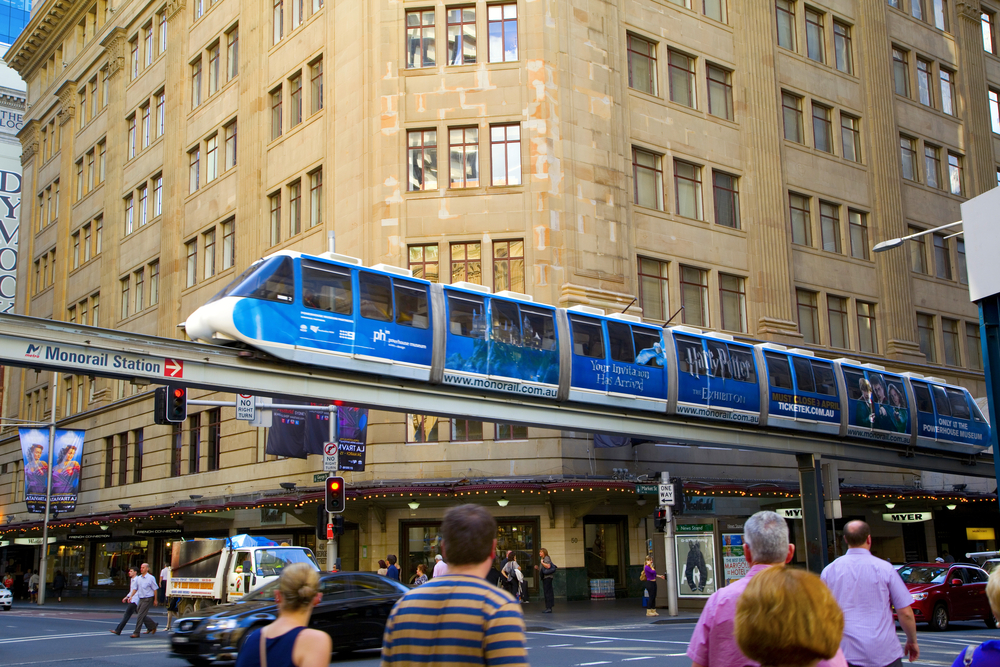
Launched with great fanfare in 1988, Sydney’s Monorail was supposed to revolutionize city transport. However, its short, inconvenient route made it irrelevant for most commuters. The monorail also suffered from mechanical breakdowns and high maintenance costs. After 25 years of disappointing service, the system was dismantled, leaving behind an expensive lesson in poor urban planning.
Amtrak’s Acela Express (Early Models)

The Acela Express was intended to be America’s premier high-speed train, but its early models struggled to deliver. Brake failures and mechanical issues kept the trains from achieving their promised speeds. In addition, track limitations meant that the Acela rarely reached its full potential, frustrating passengers and reducing ridership.
Bombardier Flexity Freedom (Toronto)
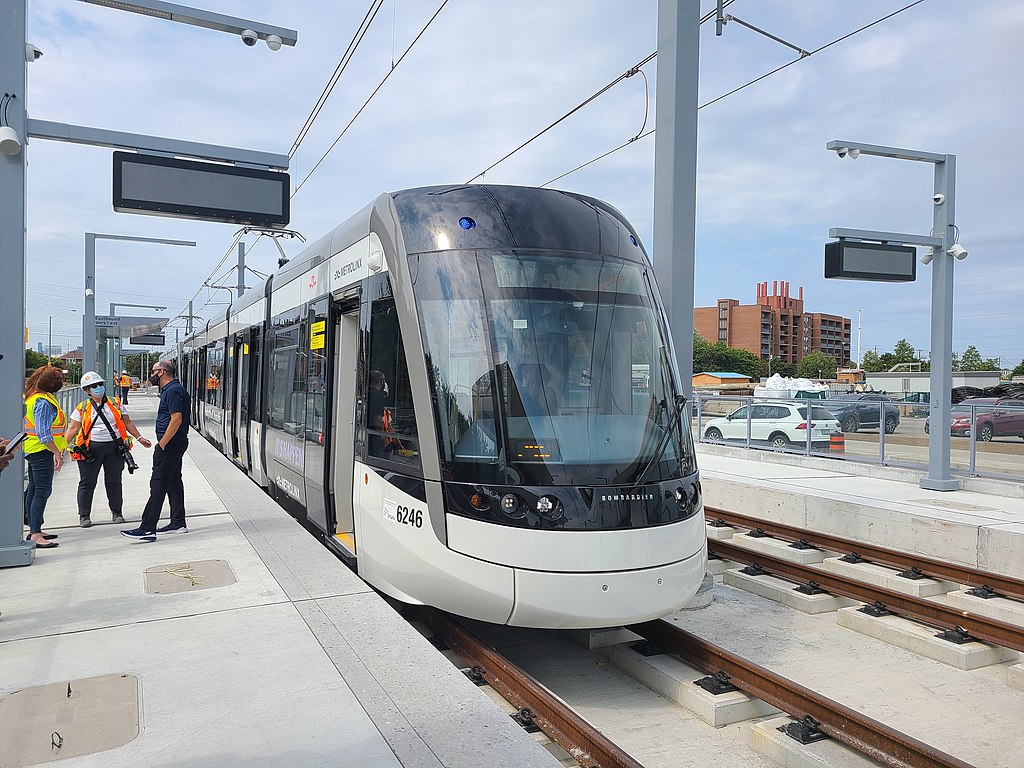
Toronto’s Bombardier Flexity Freedom streetcars were envisioned as a modern solution for the city’s public transport, but the rollout was disastrous. Frequent mechanical problems, such as door malfunctions and brake failures, caused delays and breakdowns. Production delays only compounded the issue, leaving the city scrambling to replace its aging fleet. Toronto’s investment in these streetcars proved costly and frustrating.
London’s Routemaster (New Model)
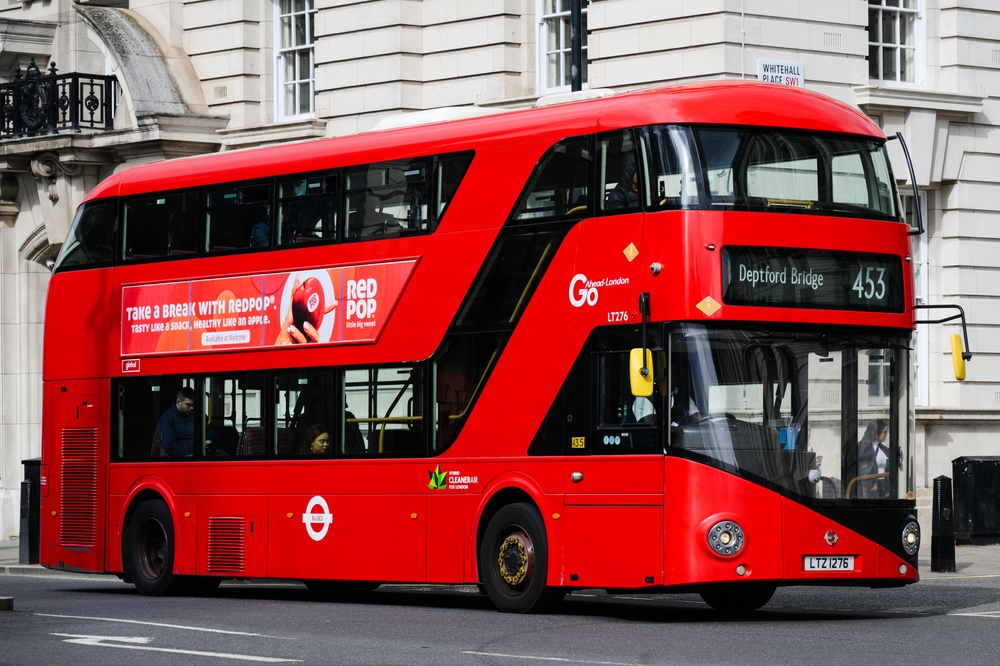
The iconic Routemaster buses were reintroduced in London in 2012, but the updated version faced numerous issues. Overheating was common, and passengers found the bus interiors stifling in the summer months. The complicated design also made the buses difficult to maintain, causing frequent breakdowns.
Paris’s MF77 Metro Cars
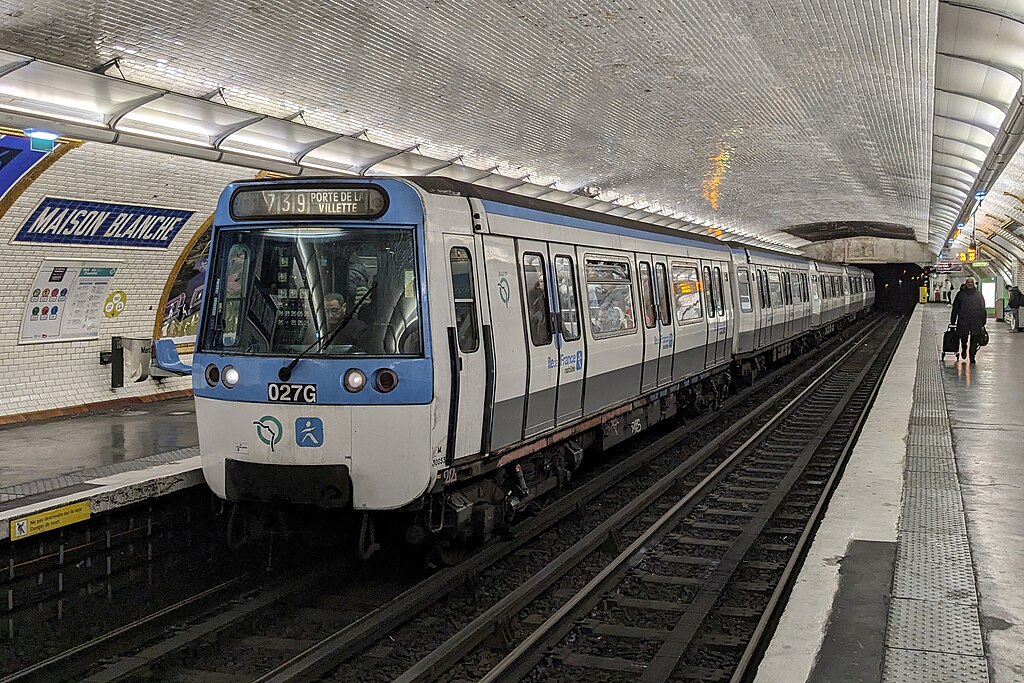
The MF77 metro cars, once heralded for their innovation, turned into a maintenance nightmare for Paris. These cars were prone to electrical malfunctions, which caused them to stall during peak travel times. Repairs were both complicated and expensive, driving up costs for the transit authority. Many of the cars were eventually retired ahead of schedule due to their numerous defects.
SEPTA Silverliner V (Philadelphia)
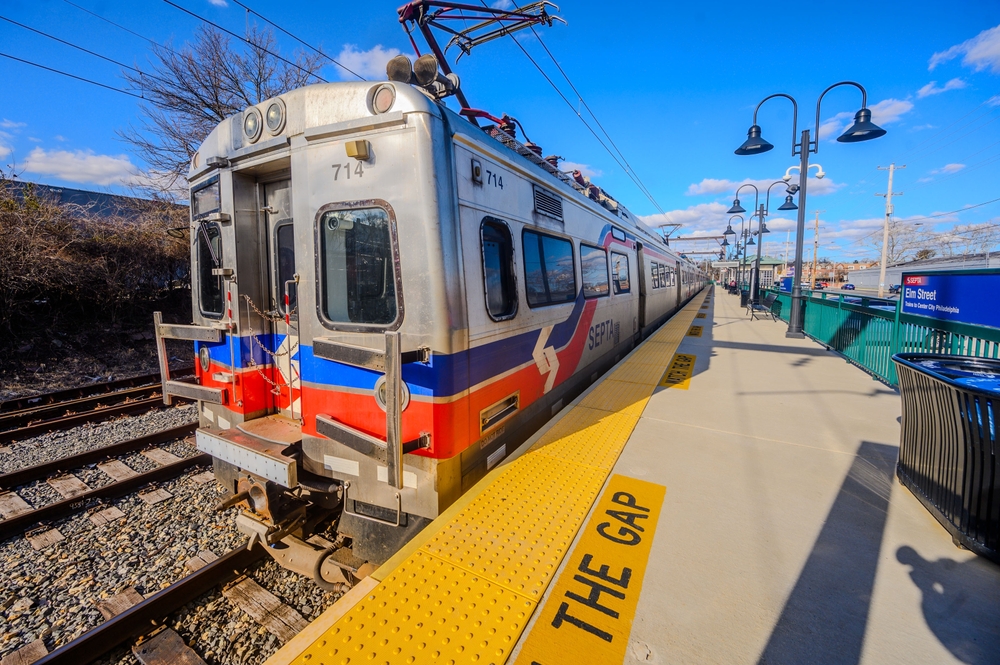
Introduced with great expectations, Philadelphia’s Silverliner V cars were quickly grounded by a major flaw—cracks in the axles. These structural issues forced SEPTA to pull the entire fleet from service just a few years after they were launched. The situation led to significant delays, forcing the transit system to scramble for replacements. SEPTA’s investment in these cars became an embarrassing and costly failure.
Toronto’s ALRV Streetcars
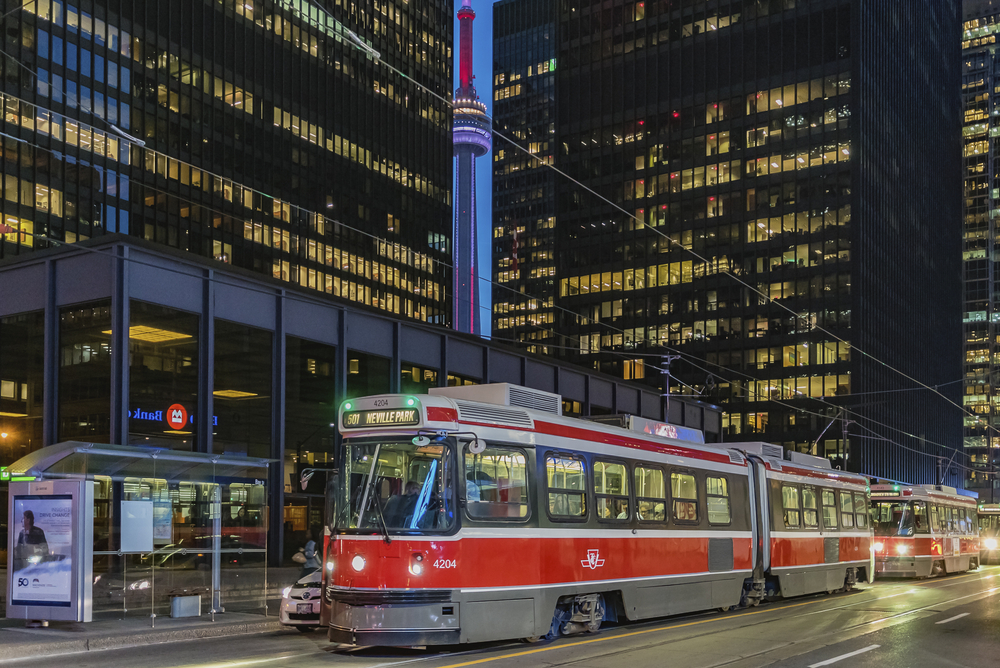
Toronto’s ALRV streetcars were meant to expand the city’s capacity, but instead, they became notorious for their frequent breakdowns. The hydraulic systems often failed in cold weather, and mechanical issues plagued their operation year-round. With their size and complexity, maintenance costs soared, making them a financial burden on the city. The fleet was retired earlier than planned due to ongoing issues.
Boston’s Blue Line Siemens Trains

The Siemens trains introduced to Boston’s Blue Line came with high hopes but soon developed numerous technical faults. Electrical problems caused persistent breakdowns, and the complicated software made repairs difficult. Delays became routine, frustrating commuters and raising maintenance costs. Despite efforts to address the issues, these trains became emblematic of the challenges facing Boston’s public transit system.
Seattle’s Breda Dual-Mode Buses
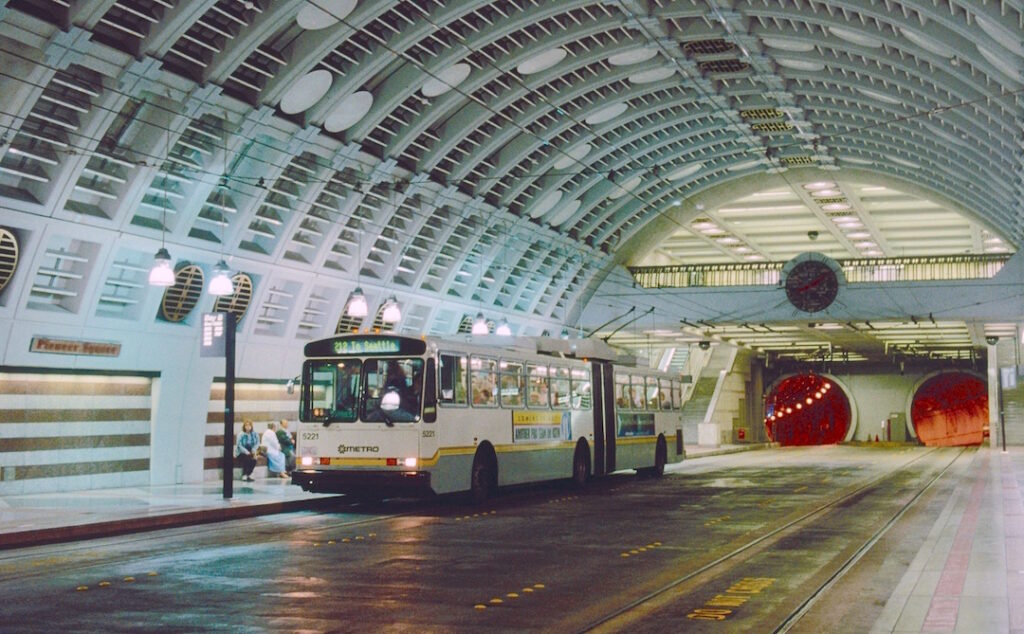
Seattle’s Breda dual-mode buses were intended to provide a versatile transit solution by operating on both electric and diesel power. Unfortunately, they were heavy and prone to breakdowns, making them a constant source of frustration. The dual-mode technology frequently malfunctioned, leading to delays and high repair costs. After years of underperformance, the buses were phased out well ahead of schedule.
Detroit People Mover
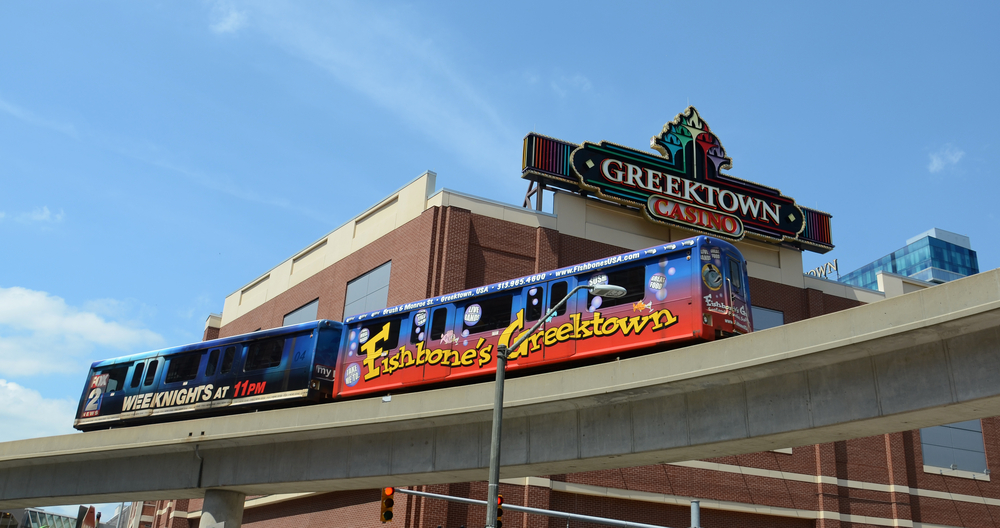
The Detroit People Mover was supposed to provide efficient downtown transport, but it quickly became an urban planning blunder. With limited ridership and a short, impractical route, it failed to serve most commuters. Mechanical issues further hampered its operation, leading to frequent breakdowns and high maintenance costs. Despite being operational, it is widely seen as a symbol of transit failure in Detroit.
Bay Area Rapid Transit (BART) Bombardier Cars
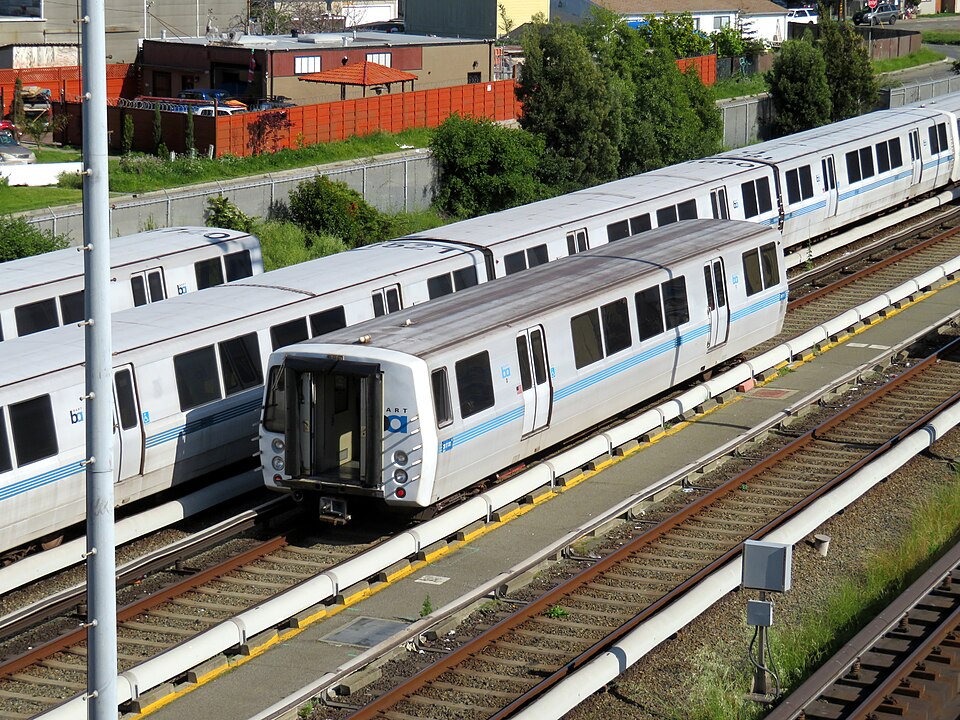
San Francisco’s BART system introduced Bombardier cars in the 1970s, but they quickly became known for their noisiness and frequent breakdowns. Malfunctioning doors and deteriorating wheels caused constant disruptions. Despite numerous upgrades, the aging fleet could not meet the needs of a growing city, leading to early replacements. The Bombardier cars remain a reminder of outdated transit technology struggling to keep pace with urban development.
This article originally appeared in MyCarMakesNoise.
More from MyCarMakesNoise
17 Common Car Buying Mistakes That Drain Your Wallet

Buying a car is a significant investment, and making mistakes can cost you a lot of money. In this article, we’ll highlight the 17 biggest car buying mistakes you should avoid. Read More.
13 of the Rarest BMW Cars to Ever Hit the Road
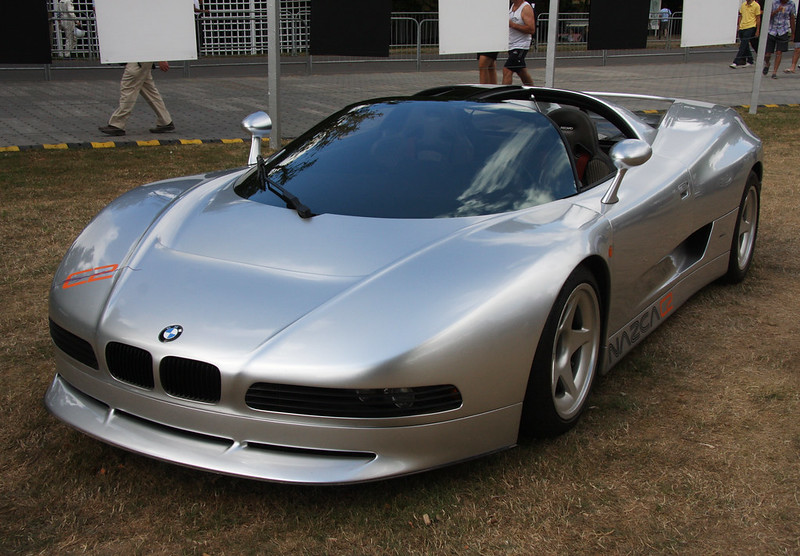
BMW has long been celebrated for its luxury, performance, and innovative design blend. Over the years, the Bavarian automaker has crafted numerous models that not only pushed the boundaries of automotive engineering but also captured the imaginations of car enthusiasts worldwide. Read More.
20 Car Features Drivers Are Begging Automakers to Remove

Not all car features are welcomed by drivers. Some can be more annoying than useful, adding complexity or distraction. Read More.

